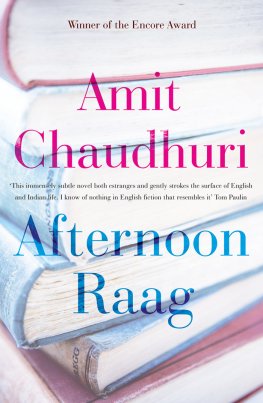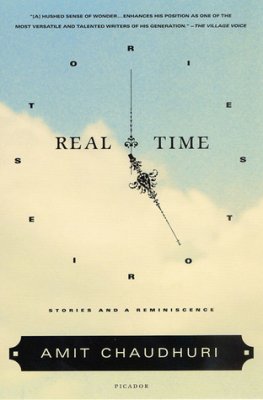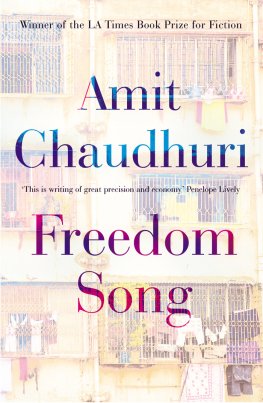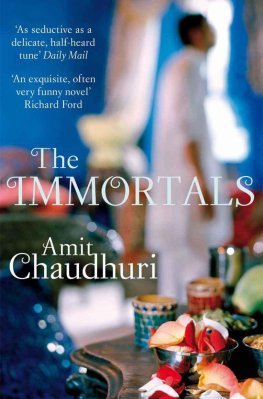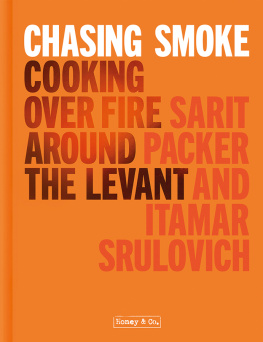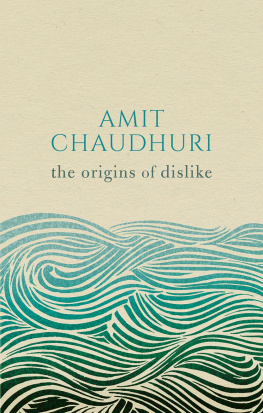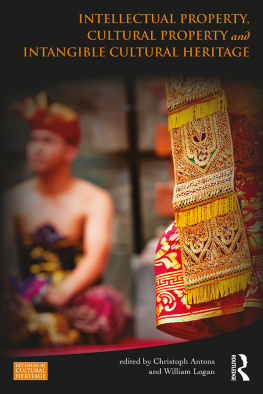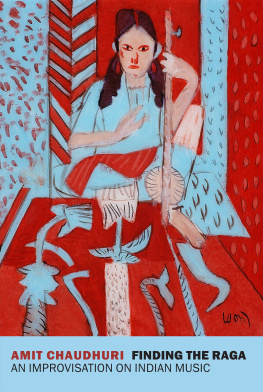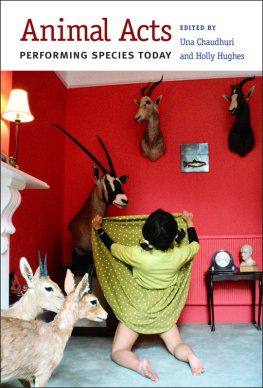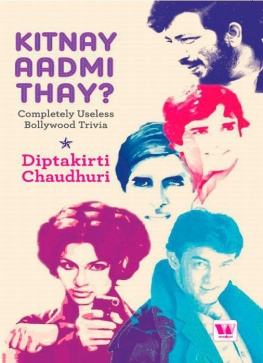Sarit K. Chaudhuri - The Cultural Heritage of Sikkim
Here you can read online Sarit K. Chaudhuri - The Cultural Heritage of Sikkim full text of the book (entire story) in english for free. Download pdf and epub, get meaning, cover and reviews about this ebook. year: 2020, publisher: Manohar, genre: Politics. Description of the work, (preface) as well as reviews are available. Best literature library LitArk.com created for fans of good reading and offers a wide selection of genres:
Romance novel
Science fiction
Adventure
Detective
Science
History
Home and family
Prose
Art
Politics
Computer
Non-fiction
Religion
Business
Children
Humor
Choose a favorite category and find really read worthwhile books. Enjoy immersion in the world of imagination, feel the emotions of the characters or learn something new for yourself, make an fascinating discovery.

- Book:The Cultural Heritage of Sikkim
- Author:
- Publisher:Manohar
- Genre:
- Year:2020
- Rating:5 / 5
- Favourites:Add to favourites
- Your mark:
- 100
- 1
- 2
- 3
- 4
- 5
The Cultural Heritage of Sikkim: summary, description and annotation
We offer to read an annotation, description, summary or preface (depends on what the author of the book "The Cultural Heritage of Sikkim" wrote himself). If you haven't found the necessary information about the book — write in the comments, we will try to find it.
The Cultural Heritage of Sikkim — read online for free the complete book (whole text) full work
Below is the text of the book, divided by pages. System saving the place of the last page read, allows you to conveniently read the book "The Cultural Heritage of Sikkim" online for free, without having to search again every time where you left off. Put a bookmark, and you can go to the page where you finished reading at any time.
Font size:
Interval:
Bookmark:

of Sikkim
SAMEERA MAITI
CHARISMA K. LEPCHA

by Routledge
2 Park Square, Milton Park, Abingdon, Oxon OX14 4RN
52 Vanderbilt Avenue, New York, NY 10017
A catalogue record for this book is available from the British Library
A catalog record for this book has been requested
ISBN: 978-1-003-05248-7 (ebk)
by Kohli Print, Delhi 110 051

A.C. SINHA
MOINAK CHOUDHURY
BINAYAK SUNDAS
RAJIV RAI and MAHENDRA PRASAD GURUNG
VEER MAYANK
TSHERING LEPCHA
KACHYO LEPCHA
SHRADHANJALI TAMANG
YOUGAN TAMANG
ANJANA TAMANG
PABITRA SHARMA and ANUPAM MUKHERJEE
GNUDUP SANGMO BHUTIA
KARMA CHODEN BHUTIA
PRAMITA GURUNG
BINU DORJEE
NAZRUL ISLAM and BAPPA SARKAR
POURIANGTHANLIU
SANJUKTA SATTAR
DEBASHISH BATABYAL and DILIP KUMAR DAS
SUMITABHA CHAKRABARTY
JAYANTA KUMAR BARMAN
DEPICA DAHAL
SUMAHAN BANDYOPADHYAY
MAITREYEE CHOUDHURY
SEKH RAHIM MONDAL
Vice-Chancellor
Sikkim University
Gangtok
Font size:
Interval:
Bookmark:
Similar books «The Cultural Heritage of Sikkim»
Look at similar books to The Cultural Heritage of Sikkim. We have selected literature similar in name and meaning in the hope of providing readers with more options to find new, interesting, not yet read works.
Discussion, reviews of the book The Cultural Heritage of Sikkim and just readers' own opinions. Leave your comments, write what you think about the work, its meaning or the main characters. Specify what exactly you liked and what you didn't like, and why you think so.

